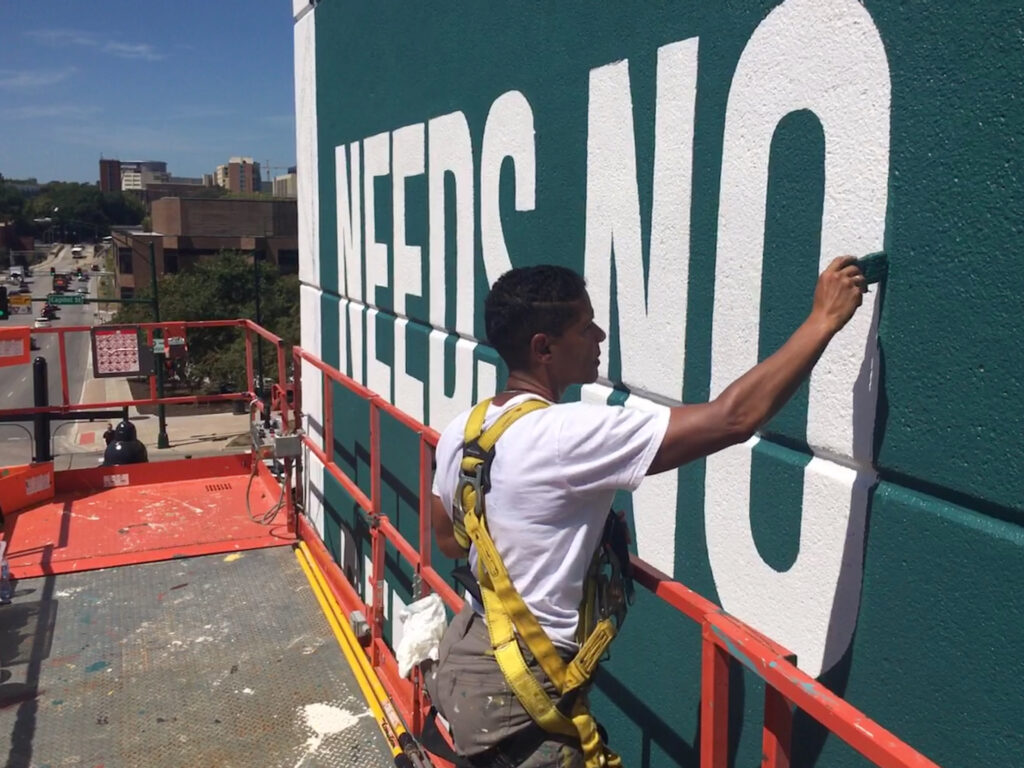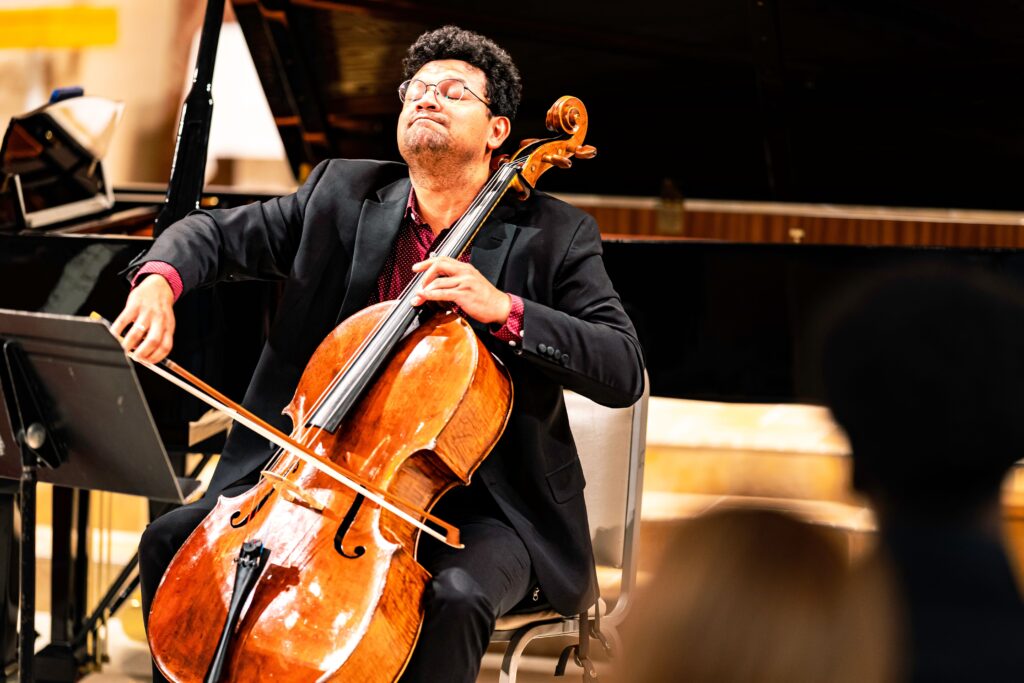Creative community-based projects can take many forms, from artist residencies to community discussions and celebrations. No matter what you’re planning, the strength of this work comes from grounding in the community that will engage with your project.
Below you will find some resources, approaches, and food-for-thought to support you in your creative project planning process. This living resource includes approaches and ideas around information gathering and reflection, bringing people together, and making a work plan.
Information Gathering & Reflection
Information gathering and reflection is an important approach to grounding in the goals of a project, what you already know, and what resources already exist in the community related to your project.
Consider community members and partners to involve in your project. Start to think about whose perspectives should be represented in this process, as well as inform the themes and focus of this project. This is a way of checking in with yourself and your team, as you identify where you have unique strengths and skills, while also noticing where you want to growth.
Reflection Pause: Take a few minutes to consider the following questions related to your community connections, strengths & leadership, and defining your community.
- How do you or your organization serve, impact, and relate to the communities within this region and beyond?
- What sets you apart as a leader in your community?
- Based on your perspective, describe your community in terms of its strengths, characteristics, and/or unique features. What traditions, histories and people make your community unique?
Go Deeper
Spend some time reflecting on community resources, priorities, and your own understanding of community dynamics using this worksheet.

Bringing People Together: Community Conversations
Community involvement and perspective is essential in any community-based project. Consider your information gathered and reflections as you start to think about bringing community members together for a community conversation and/or visioning & asset mapping gathering. Hosting a community visioning & asset mapping gathering will be an opportunity to share stories, experiences, and priorities from multiple/diverse perspectives, leading to your collective knowledge of the community’s assets and visions.
In your planning process, consider an accessible time, date and location for a wide range of community presence. You may decide to host one or multiple community visioning and asset mapping sessions. In addition to a community gathering, you and your team may decide to have intentional informal/formal conversations with community elders, youth and other target groups about their community perspectives, priorities and dreams. There is no one way to approach this, it will depend on what works best in your community context in reaching community members, with a goal to gather diverse and ranging community input and ownership over the project.
Think about who is missing from the conversation. Who has perspective, skills, connections and passion to contribute to this project? Consider people, associations, and institutions who have a key relationship to some of your on-going project themes. Setting expectations is critical when bringing in collaborators. Some example collaborator expectations are attending planning team meetings, rallying community members, hosting a meeting/gathering, assisting with promotional tasks, providing resources for the residency, etc.
Go Deeper
This worksheet provides sample questions for community conversations and reflection questions to consider when recruiting project collaborators.

Making a Workplan
Making a workplan will support you and your team in identifying areas of focus and project scope, while knowing things can change and emerge throughout as you get started. As you reflect throughout this process with your organizational team and community about visions and assets, consider your connections to a culturally appropriate community artist (or team of artists) to facilitate creative response to the creative project theme.
Artist/s Leadership & Engagment
Engaging with artists in your community is a great way to approach your creative project. You might be a community artist yourself, and/or already have artists involved as key collaborators in the project planning process. You may be considering artist involvement, and it is just a matter of continuing to organize your community resources. In identifying artists to take leadership and engage in the project, consider artist relationships to the community, cultural connection, as well as relevant skills to the project. You are encouraged to uplift and give leadership to community-based and local artists, though you may decide to bring in state-wide or regional artists, depending on the project needs.
Reach out to artist/s, with a clear project scope and compensation plan. Additionally, it is important to leave room for artists to contribute their creative expertise and perspectives.
Goals & Activities
How you choose to organize, set goals and operationalize the set of residency activities is up to you and your project team. Changes are to be expected. Being iterative is a part of the process and your willingness to adapt is a sign that you are being responsive to the assets and opportunities that are constantly shifting in your community.
In addition, it may be helpful to write out a project timeline and budget to help establish expectations for partners and yourselves. Some important spending considerations in a project are community partner and artist stipends, food, materials, supplies, transportation, translation and accessibility costs, communication, storytelling, marketing, administrative costs, etc.
Creative Project Budget Example
| Artists’ stipends | $3,500 | Includes planning, facilitation, and travel |
| Community partners & facilitators | $1,500 | Support additional community partners with administrative costs |
| Food | $1,000 | Provide food/catering at community events |
| Materials & supplies | $1,000 | Student and community supplies |
| Transportation | $400 | Artist, student, and community member transportation support |
| Translation & accessibility costs | $300 | Work within community resources for these services |
| Communications, marketing, & storytelling | $300 | Work within community resources for these services |
| Administrative costs | $2,000 | 20% of total may go towards Partner administrative costs |
| Total | $10,000 |
Though coming up with resources for a creative project can be a challenging task, there are variety of ways to get a creative project funded. Some of which include; through community fundraising, community donations, applying for creative project grants, etc. Community fundraising and donations are another great way to get community members and organizations involved in your project. Explore creative project funding opportunities through your State Arts Agency here and check out Arts Midwest’s Gig Fund here.
Go Deeper
This worksheet provides questions to guide you through the process of creating a workplan and projected spending breakdown based on community conversations.

Creative community-building is a vehicle for addressing social issues, as well as an opportunity to reimagine the way our communities can relate and support each other. We are excited to see the creative exchange of voices, cultures, and ideas that your project generates for your community.
Some of this content has been adapted from The Creative Community Builder’s Handbook: How to Transform Communities Using Local Assets, Arts, and Culture by Tom Borrup, as well as from the We the Many Community Partner Handbook and the We the Many Community Partner Guide: Getting Started by Arts Midwest Staff.
